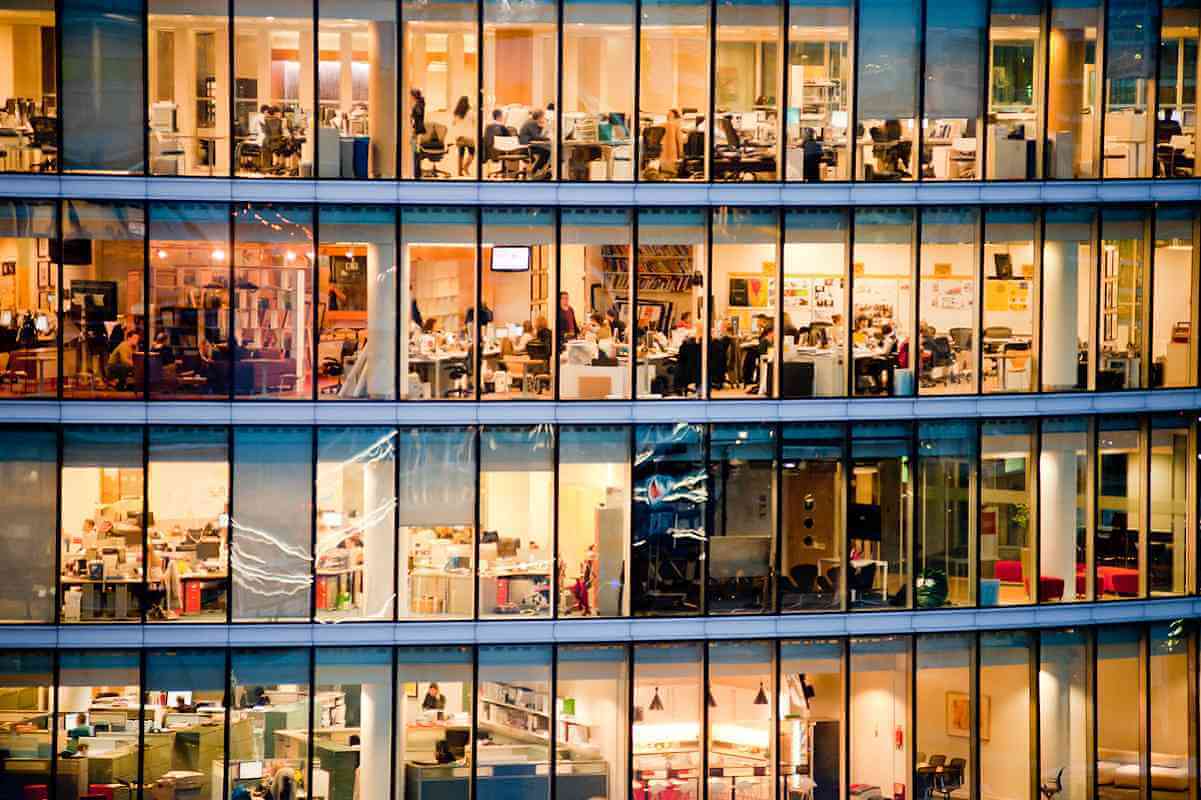The number one argument in offices is the temperature of the office. Employees can be too cold and too hot in different parts of the office at the same time. The HVAC system does not make employees comfortable and this can hurt job performance. Because of these massive systems, offices contribute 39% of global carbon emissions.
Technology is always improving and air conditioning technology is no different. One such product is called, 75F. This easy-to-install technology helps to automate buildings by using smart technology. This includes such things as machine learning and sensors. This technology makes the areas of the offices more comfortable and also cuts the energy used by 30% to 50%. Oil and Gas Climate Initiatives, backed by fossil fuel companies to focus on the climate, and Breakthrough Energy Ventures, founded by Bill Gates to focus on climate solutions, led a series A round. Together with other companies, they raised about $18 million.
Most people would conserve energy if the technology was available. The key thing that 75F focuses on is to make sure employees are comfortable and their work stays efficient. The energy conservation is secondary and happens automatically. If this AC technology was national it would be like not using 827 million barrels of oil, which is over 34 billion gallons of oil. The way the smart system can change temperatures in different parts of the building is by using the sensors spread out in different locations. The sensors detect the temperature and adjust appropriately to keep all employees comfortable. Another unique job of these sensors is to check air quality and allow fresh air in when needed. The sensors also follow the weather forecasts and allows the building to change with it.
Most office buildings don’t have any smart system in place for their heating and cooling units. The offices that can afford the current smart technology knows that the traditional large unit systems don’t mesh well with the technology. Expertise in the field is required to install and maintain these systems. 75F wants to create a simpler system that can be used by more people without a custom setup. This would allow more offices the opportunity for smart systems. Their system is used right out of the box.
A good example of its availability is when the system was sold to an elementary school its 3rd-grade students installed the system for their science project. 75F remotely checks all systems to ensure they were correctly set up. Instead of hiring specialists for the smart air conditioning technology, companies can have HVAC installers do it.
The companies that use complex smart building systems have cut their energy use by 30%. It is hard to be as good a machine learning product like 75F, but it can be done with a team of experts. These experts would have to maintain the system and update it many times a day. Other companies such as Comfy and Nest are helping to improve office comfort. Clean energy is all over the news, but energy conservation is the cheapest energy
